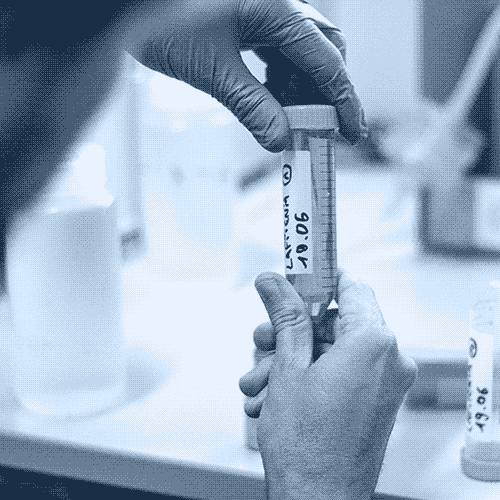Ostreopsis, cyanobacteria & co.
a growing threat to our oceans and beaches

One of the most worrying impacts of surface water pollution is the high concentration of toxic micro-organisms, which pose a growing threat to our oceans and coastal waters. Algal blooms – rapid proliferations of algae or microalgae – are encouraged by specific environmental conditions such as rising temperatures and excess nutrients in the water.
Among these microalgae, Ostreopsis ovata is the subject of particular attention from Surfrider Foundation Europe, which has developed long-standing expertise on this emerging species.
This toxic tropical microalgae, initially confined to warm waters, has seen its development facilitated by climate change and the warming of Mediterranean and Atlantic coastal waters.
Ostreopsis ovata preferentially colonises rocky substrates in shallow coastal areas, where it forms characteristic brownish mats on algae and rocks.
Like Ostreopsis ovata, algal blooms severely disrupt the marine food chain, suffocate organisms attached to the seabed and poison filter feeders such as sea urchins, thereby weakening the entire local ecosystem.
In response to this emerging problem, increased coastal monitoring, better integration into bathing water quality regulations and the development of innovative detection tools are essential to protect the ocean and the health of users.
Our approach and requirements
XXXX

1.
XXXX
XXXX
Going further
